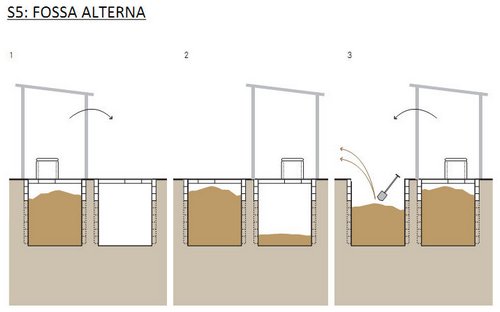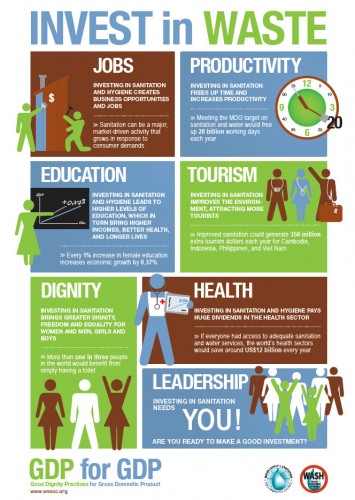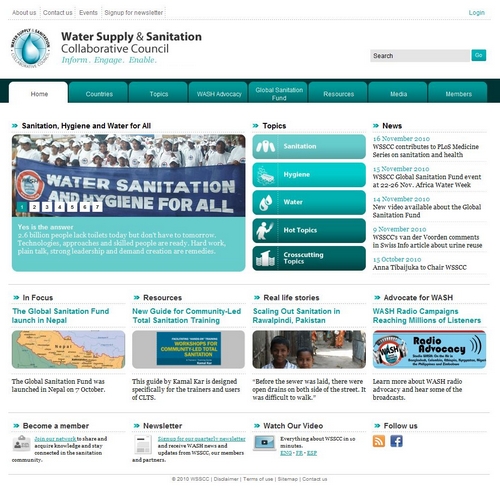In an update to the wonderful “Compendium of Sanitation Systems and Technologies“, Christian Zurbrügg of Eawag/Sandec today informed us of Compendium Cards which are now available in English, French and Spanish:

“Each card corresponds to the one of technologies listed in the Compendium and can be printed out in a large format for group work, presentations or games. (…) By printing out each technology on a coloured card, you can build a colour-coded set of technologies to visualize, build and modify sanitation systems. Laminated cards made of heavy coloured paper can be used for games, taped to walls or held by group members as they select and link technologies into a feasible system.”
Great!



